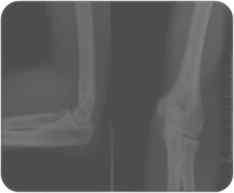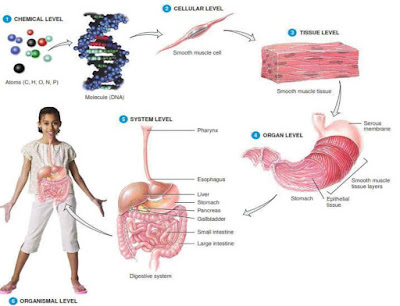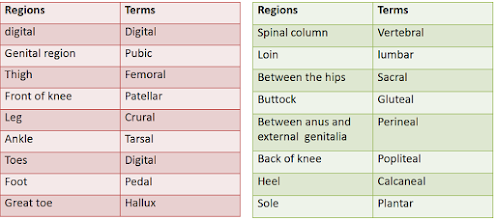Human Anatomy: Deals with the structure of the human body and
the relationship among the structures
Physiology: Deals with body functions
Contents of this Chapter:-
1. Scope of Human Anatomy & Physiology
2. Subspecialties of Anatomy
3. Subspecialties of Physiology
4. Levels of Organization
5. Different Basic Terminologies Used in Anatomy & Physiology
6. Summary
7. Important Questions from this chapter
1. Scope of Human Anatomy & Physiology
- Helps us to learn about the structure and functions of human body
- Parameters of normal body health and factors affecting normal body processes can be known
- Forms the basis for proper diagnosis of a disease and its effective treatment
- Anatomical and Physiological concepts help in efficient surgeries and
- understanding the pathology of diseases
- Anatomical and Physiological concepts help in efficient surgeries and understanding the pathology of diseases
- Helps in successful maintenance of community and individual health and the inter relationship
2. Subspecialties of Anatomy
- Embryology:- First 8 weeks of development
- Developmental Biology:- From fertilization of an egg to death
- Cell Biology- Cellular structure and function
- Histology-
Microscopic structure of tissues
- Surface anatomy- Surface markings of the body
- Gross anatomy-
Structures (Without the use of
microscope)
- Systemic anatomy- Structures of Specific systems
- Regional anatomy- Regional anatomy
- Radiographic anatomy- Structures – Visualized with X - rays
- Pathological anatomy- Structural changes with disease
3. Subspecialties of Physiology
- Neurophysiology- Functional properties of nerve cells
- Endocrinology- Hormones and their control
- Cardiovascular Physiology-Functions of heart and blood vessels
- Immunology- Defense against disease causing organisms
- Respiratory Physiology- Functions of air passageways and lungs
- Renal Physiology- Functions of kidneys
- Exercise Physiology- Changes in Muscular activities
- Pathophysiology- Functional changes during Disease and aging
4. Levels of Organization
5. Different Basic Terminologies Used in Anatomy & Physiology
5.2. Directional Terms:-
5.4. Body Cavities:-
6. Summary
- Anatomy and Physiology: Study of Structure & functions of human body
- Levels of organization: Atomic level to organismal level
- Each of the body systems has several functions and these are interconnected
- Various systems work together to maintain homeostasis
- Anatomical terms, body planes and cavities: Help to describe the body structure
- Regional and directional terms: Useful to differentiate body landmarks
Ignore This:-
anatomy,human anatomy,introduction to human body,anatomy & physiology,introduction to human body systemsuman body,introduction to neuroanatomy,introduction,human anatomy & physiology,human anatomy and physiology,chapter 1 introduction,introduction to a and p,anatomy physiology chapter one,anatomy physiology chapter 1,anatomy and physiology,#anatomy,anatomy physiology first chapter,roman perior of anatomy,basic concepts of human anatomy,history of human anatomy.




































No comments:
Post a Comment
Note: Only a member of this blog may post a comment.